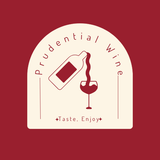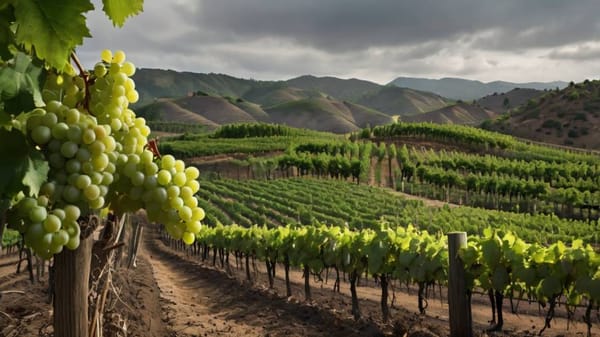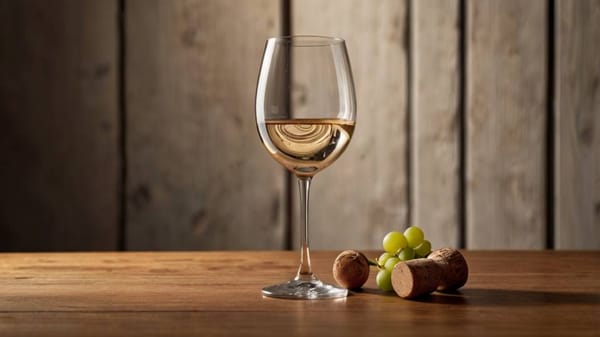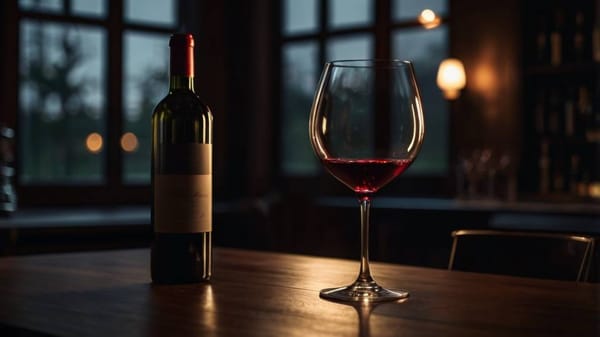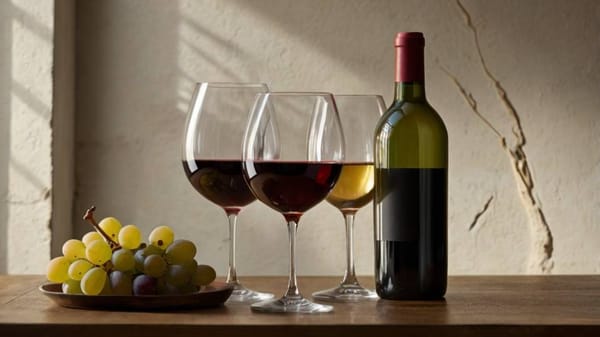Wine Tasting Isn’t Just for Experts
Learn how to taste wine with confidence—no jargon, no pressure. Discover how simple curiosity can sharpen your palate and unlock your style.
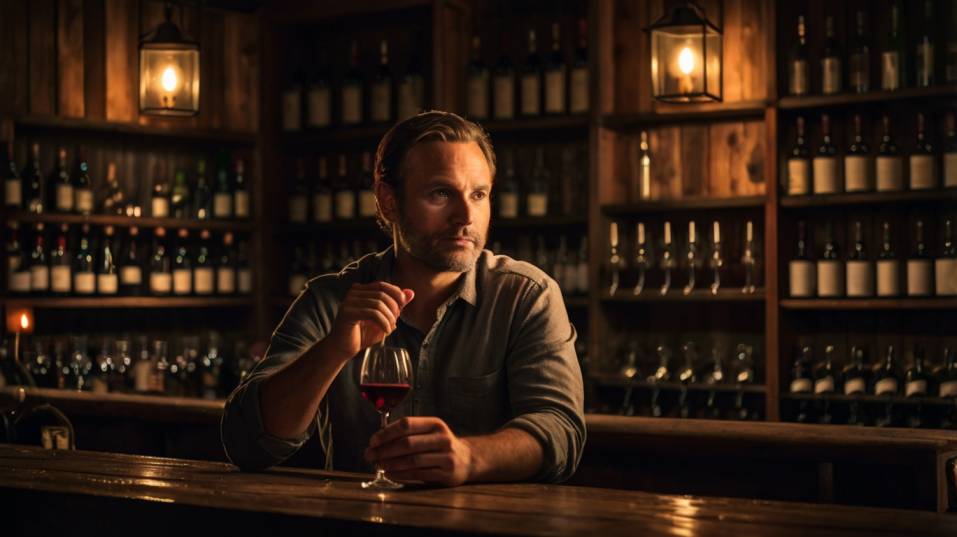
What if tasting wine wasn’t about expertise—but attention? You don’t need a perfect palate or fancy lingo to drink with insight.
The moment you stop trying to “get it right” is when things click. Wine tasting is a learnable skill, not a test.
And with a little intention, each sip becomes more than a drink—it becomes a discovery. Ready to notice what others miss? Let’s start where it matters: your senses.
Show Up Curious, Not Correct
At its core, tasting wine is about being present. It’s not a game of guessing notes or knowing every vintage. It’s about asking simple, honest questions: What do I notice? What do I like?
What feels different this time? These are the same questions the pros ask—they’ve just learned how to listen more carefully to the answers.
Curiosity is your greatest tool. It trains your attention. Every time you smell something familiar—or surprising—your brain is building a pattern.
Tasting isn’t about having a sharp palate right away. It’s about showing up again and again, tuning your senses to notice what most people miss. With time, that curiosity becomes instinct.

Begin with Structure, Not Flavor
Before you chase flavors like blackberry or peach, start with what the wine feels like. Structure is the architecture of a wine—the balance of acid, tannin, alcohol, and body.
These aren’t abstract ideas. They’re physical sensations, and you can learn to recognize them with practice.
Take a sip and pause. Does the wine make your mouth water (acidity) or dry it out (tannin)? Does it feel light like water or heavier like cream?
Does the alcohol warm your throat? These tactile clues often tell you more about a wine’s character than any flavor wheel ever could.
And once you get comfortable reading structure, you’ll start to spot style, quality, and balance without overthinking it.
Use Language to Train Your Senses
The goal of tasting isn’t to sound poetic. It’s to turn sensation into something your brain can remember.
Saying, “this smells like strawberries” isn’t about impressing anyone—it’s how your mind files that experience for the future. That’s how memory becomes mastery.
At first, your tasting notes might feel vague or clumsy. That’s normal. Don’t force complex descriptors. Go for whatever comes to mind—red fruit, dusty attic, lemon peel, even “smells like my grandma’s garden.”
As long as it’s honest, it’s useful. Over time, those mental connections become sharper and more specific. You start to separate cherry from cranberry, lime from lemon, and eventually, Meursault from Macon.
If you struggle to find the words, smell more things outside of wine. Fresh herbs, spices, flowers, even wet soil.
Your sense of smell is like a muscle—it strengthens with repetition and variety. The wider your scent vocabulary, the more fluent you’ll become in tasting.
Compare Wines to Unlock Patterns
Tasting in isolation can be helpful, but tasting side by side is where growth accelerates.
When you compare two wines—same grape, different region; same producer, different year—you start to feel the differences, not just hear about them.
Contrast Makes Tasting Click
For example, tasting a California Chardonnay next to a Chablis reveals how oak, ripeness, and climate shape the same grape in completely different ways.
That direct contrast imprints deeper than any lecture. Suddenly, words like “minerality” or “roundness” aren’t abstract—they’re sensations you’ve experienced.
You don’t need a formal tasting flight to do this. Just open two bottles on a Friday night, pour small side-by-side sips, and pay attention. Even a simple comparison—like Pinot Noir from Oregon vs. France—can teach you more than any book.
Style Trumps Price Every Time
One of the biggest misconceptions in wine is that price equals quality. It doesn’t—not consistently, not universally. What matters far more is style.
And once you can recognize and describe what you like, you can find it at nearly any price point, from any region in the world.
Learn What You Like, Ask For It Clearly
Maybe you prefer lighter-bodied reds with bright acidity. Or full-bodied whites with a creamy finish.
Once you understand the structural profile and flavor spectrum you enjoy, choosing wine becomes easier, not harder. You stop guessing. You start asking for wines on your terms—whether that’s at a wine bar, shop, or restaurant.
Knowing your style also helps you avoid overpaying for labels or trends. Instead of chasing the “best bottle,” you’re choosing the right bottle for your taste, your meal, or your mood. That’s freedom—and it only comes from tasting mindfully.
Make Tasting a Lifestyle, Not a Lesson
You don’t need to wait for a special occasion or a big dinner to taste thoughtfully. The best wine education happens in ordinary moments—weekday glasses, shared bottles, quiet sips after dinner.
Every time you pour something new, take ten seconds to check in. Smell. Sip. Ask yourself what’s happening.
Every Glass is a Chance to Learn
What changed since your last bottle? Did it surprise you? Would you buy it again? These little reflections build fluency. You don’t have to take notes every time, but the act of tasting with focus—even briefly—compounds over time.
If you want to go deeper, try keeping a tasting journal. Nothing fancy—just a few lines about what you tasted, what you liked, and what you’d do differently next time. It’s not about precision. It’s about progress.
You’ll be amazed how quickly your confidence builds—not because someone told you what to like, but because you figured it out.
Final Thoughts
Tasting wine isn’t about decoding secrets or passing tests. It’s about slowing down, paying attention, and trusting your senses. Every sip is a small step toward clarity—about what you enjoy, how to describe it, and how to choose it next time.
So the next time you pour a glass, pause for just a moment. Smell deeply. Sip slowly. Ask yourself what it’s telling you. Then try something new next time—a different grape, a different region, a style you’ve never heard of.
Tasting well isn’t about knowing more. It’s about noticing more. Start now. The wine is ready when you are.
